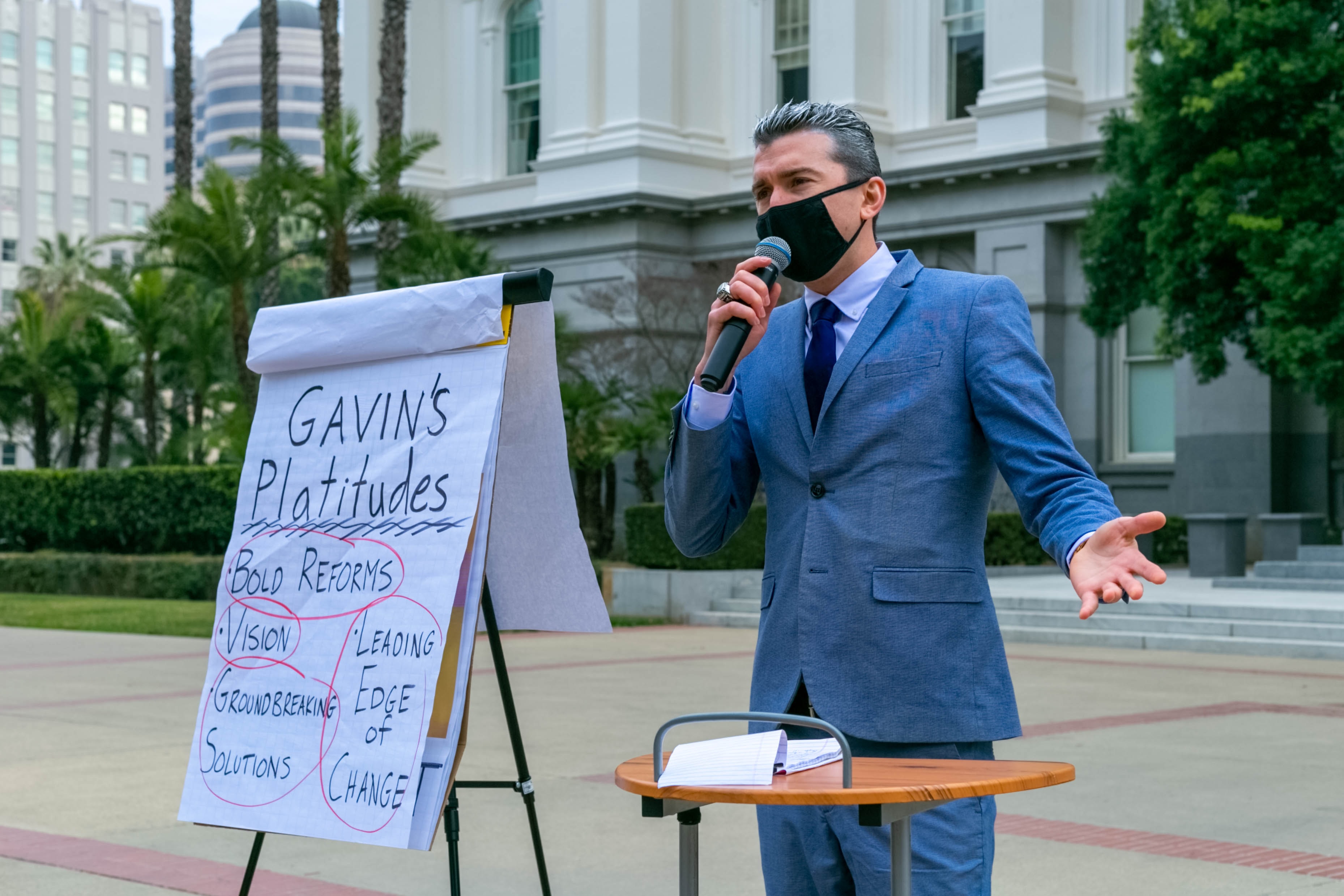Newsom's Recall

On September 14th, Gavin Newsom, California's Governor, was chosen to not be recalled in a recall election.
Recall is purposed to remove corrupt elected officials from office and is a form of Direct Democracy, which is the direct participation of citizens in democratic decision making.
In California, there have been 179 recall attempts and 6 actual recalls of elected officials. Each 6 had to have enough signatures on a petition to recall, evaluation and affirmation of signatures from elections officials, and a public vote.
The recall against Democratic California Governor, Gavin Newsom, was caused by many possible factors: Newsom’s stay at home orders, unemployment rates, the rising taxes from a shut-down economy, rising food and gas prices, the homeless crisis, and continuing wildfires.
Californians were mailed a ballot with two questions: A Yes/No question on whether Newsom should be removed and who should be the one to replace him. However, lots of candidates on the ballot could be problematic because a candidate could get less than 25% of votes and still win.
Despite the near doubled ratio of Democrats to Republicans, many Democrats were worried about possible low Democratic voter turnout compared to the eager Republicans and conservatives.
Democrats saw the recall as an effort from far-right extremists and Trump supporters to attack California’s Progressive policies, while recall organizers say they have support from many groups, including Democrats and many independents.
Newsom countered complaints by announcing new spending programs, including $12 billion to fight homelessness, checks to millions of citizens struggling with income, and $2.7 billion to pay for all of the state’s 4-year-old’s kindergarten tuition.
In the end, 64% of voters voted to not recall Newsom and there was conversation about not “weaponizing” recalls, which resulted in backlash because many saw it as going against “the will of the people".

